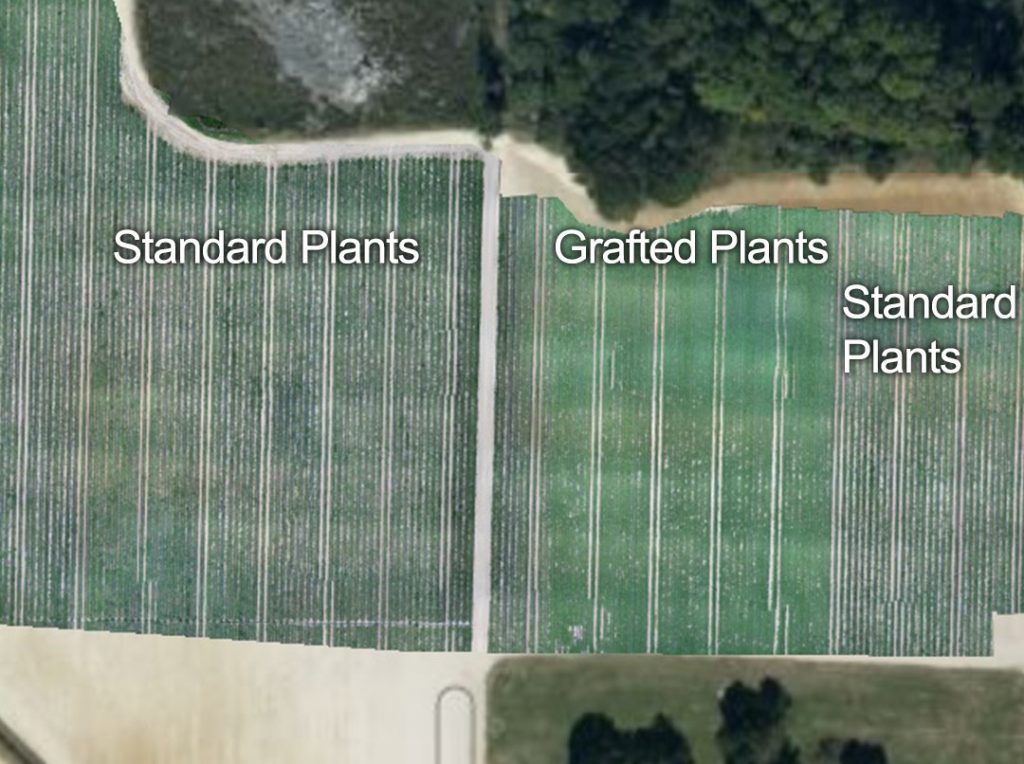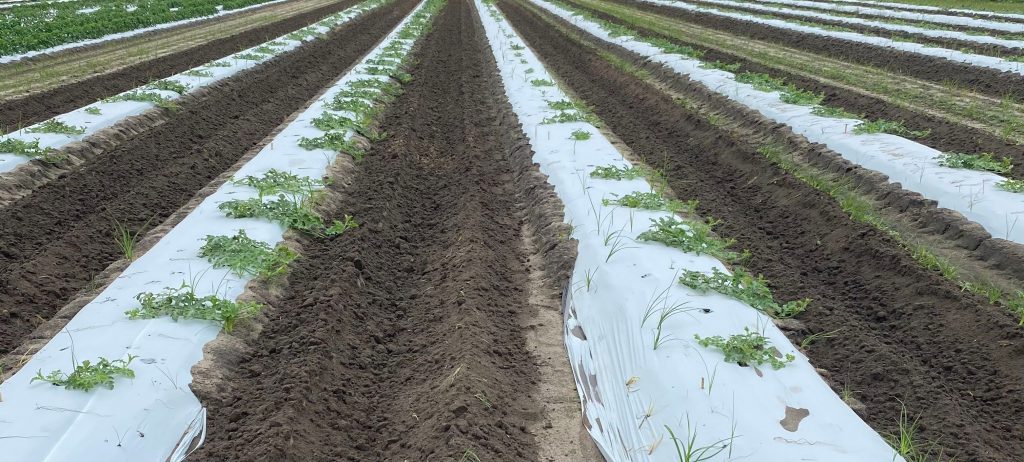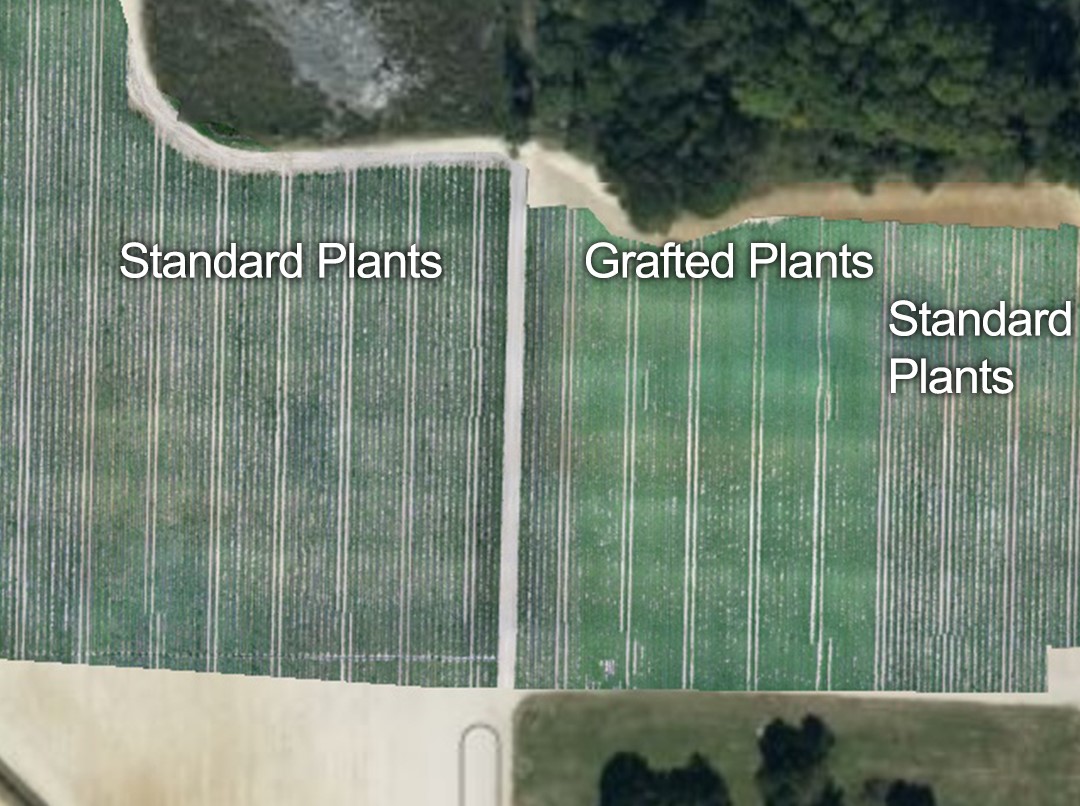Sustainable crop production is a complex issue that every farmer faces each season. All crops present their own challenges and specific needs for maximizing yields and profitability. Let’s focus on discussing a few key impacts for watermelon production in the Southeastern US. The production issues for watermelon are not limited to those listed here by any means, but the following are the focal points of ongoing research that will be discussed over several blog installments in the coming months.
- Soil borne pests – fusarium wilt, which can be devastating as crop rotations become limited and “new ground” isn’t an option
- Nematodes – root knot nematode, a widespread issue across the Southeast US
- Viruses – significant impacts on certain markets and very difficult to control
- Crop rotation – ability to produce and market crops that aren’t a disease host for watermelon
- Land availability – decreasing availability in almost all major melon production areas
- Cultural production system – plasticulture vs bareground under many different styles of irrigation methods (drip, overhead, seep, flood etc)
- Plant type and variety selection – Use of grafted plants for fusarium wilt control and/or use of tolerant varieties
- Harvest windows – Watermelon markets are hyper sensitive to timely harvest events by geography. It is critical to understand how production system practices can impact these windows


The task for every farmer is to find the balance between these challenges and potential control measures for each, while staying profitable. Solving this problem has to be taken one step at a time and our first step was to identify the products we had available to bring the farming community solutions to these problems. TriEst Ag Group and its affiliates are dedicated to providing soil solutions for the agricultural industry, so let’s take a look at the tools we’ve used to solve this puzzle in watermelon production.
- Soil fumigation – TriEst has a variety of fumigants and product combinations that can be used for managing a wide range of soil borne pests and nematodes. In addition to managing pests, we have results to indicate that at low rates certain fumigates can be used to improve soil health and increase crop vigor in watermelon crop production. The right product is dependent on the specific pest and disease pressures of an individual farm. In our research we have used multiple products and we will discuss the pros and cons of each in this series.
- Grafted plants – Like fumigants, there are several options for rootstocks available for grafted plants. Choosing a rootstock is also specific to the issues faced on an individual farm. The primary focus for grafted plants is fusarium wilt control and increased yields.
- Cultural practices – There are many different cultural practices that are used in watermelon production. Each different scenario can impact the efficacy of fumigation, grafted plant performance, water availability and fertility. We focus on multiple cultural practices in our research, trying to find the best system possible and understanding how each changes the other products involved.
- Fertility – Soil fertility and fertilizer use has a major influence on crop production. When looking at an overall system for control, fertility has to be considered. Fertility programs should change when they’re used with fumigation and grafted plants. The cultural system being used impacts timing and rates. Details on this will be outlined as we move forward in the series.
Over the past two years, with crops located all across the Southeast, we have worked to develop effective production systems using these tools. We will bring these results and concepts forward in this watermelon crop series, month to month. Next blog, we will take a deep dive into grafted plant production and the impact of fumigation in that system. Stay tuned!
